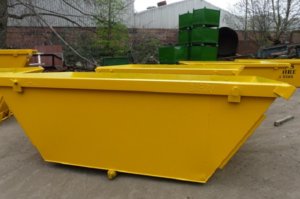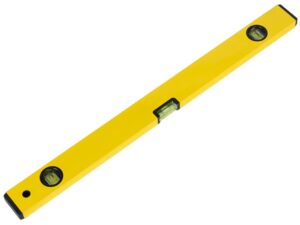Moving to NYC: 5 Tips You Need to Know

Moving to New York City is always going to be an exciting prospect.
I mean, this is a city largely considered to be the global epicenter. More famous for its illustrious landmarks, fast-paced living, and of course, the yellow taxis, nothing beats the bright lights of New York City whose atmosphere is unlike any place else.
It is famed for its entertainment scene, and the cuisine is some of the best in the world. The city is a melting pot of cultures which serves to add to its wider appeal. In fact, 37% of the city’s 8.6 million inhabitants are foreign-born.
For those looking for opportunities, the Big Apple is where it’s at.
Look, it is easy to harp on nonstop about all the glitz and glamour of New York, but if you are planning a move to the city, you probably have done your homework already.
Over the course of your research, you might also have figured that New York is not just any other city. Things are done and move differently here, but it is that uniqueness that makes NYC the city it really is.
Putting down roots in one of the city’s five boroughs is not as easy as anyone would have you believe. But you’ve probably established that too.
If you are coming in from out of state with belongings in tow, you would be best served by securing an apartment first considering house-hunting in NYC will most likely take you longer compared to most other places around the country.
Otherwise, the option would be to find a trusted NYC moving company that provides storage services with whom you keep your items until you’re ready to pick them.
To help ease the process of relocating to NYC for you, we put together 5 tips that you’ll find handy as you try to find your feet in the big city.
- Figure out your priorities
Before you snap up the first apartment you come across, we would advise you to think long and hard about your wants and needs.
For starters, if saving money and time hunting for an apartment is top priority for you, then you should consider the time of year you’re looking to start a lease. According to studies, the most pocket-friendly months to go house hunting are December and January.
Evaluate all your expenses (including your Netflix subscription) against your income and then determine a rent price you will not surpass. Your rent should not exceed 30% of your monthly income (pre-tax).
When you’ve done all that, create a list of priorities that matter most to you. For example, if convenience is a must, consider neighborhoods not far from the subway; if you’re moving with family, a community-driven neighborhood makes sense.
Organizing everything against your budget helps in planning your move and reducing the stress that comes with settling in NYC.
- Assess the real estate landscape
Knowing how apartment hunting works in New York will increase your chances of finding a suitable place faster. If possible, find somewhere you can stay for a while as you do your apartment search (a friend if you’re lucky to have any connects in the city).
Then, research on the average rent in the five boroughs and see if you’re lucky to find no-fee apartments. As well, acquaint yourself with rent-stabilized and rent-controlled buildings.
To avoid unwanted fees involved in apartment-hunting, reach out to several landlords and agents as opposed to working with a single individual.
- Prepare your documents
In New York, the early bird catches the worm. If you want to have a leg up over other house hunters, always have the necessary apartment application documents with you – photo ID, bank statements (past three months), employer letter with salary and job start date, and tax returns from the last year or two.
It’s not unheard of in NYC for an apartment to disappear from the market within hours of listing, so you need to be ready to pounce.
- Know your transit options
Before moving to New York, it pays to learn the public transit system (which comes with 27 subway lines with 472 stations) in relation to your points of interest.
In other words, know which subway is closest to you and map out the routes to your most frequented places such as office or some other spots you cannot wait to grace.
You can find the closest trains by simply keying in your address into Google Maps or a similar application.
It’s less stressful when you know where you’re going.
- Know what to shop for
A move involves buying plenty of stuff. The best approach here would be to create a list of everything you need, from the mattress to the cooking stick.
Alternatively, if you don’t intend to purchase these items, you can always look for an option that provides them – a co-living home, for example.
Living arrangements like this can help reduce the stress associated with moving since everything is included in the rent – household essentials, furnishings etc.






